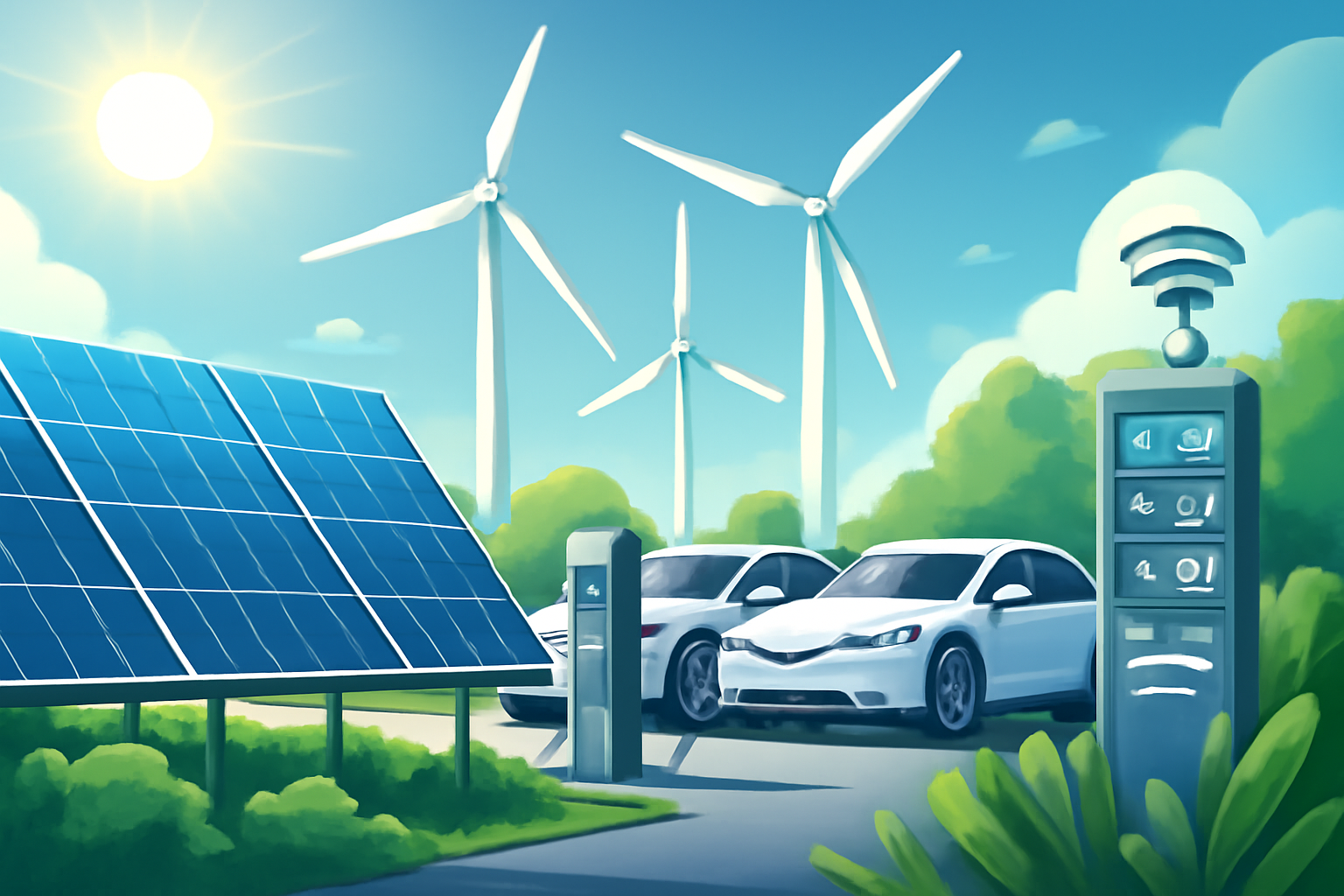Electrification of vehicles is reshaping the way millions power their daily drives. One of the greatest advantages of owning an electric vehicle (EV) in 2025 is the convenience and cost-effectiveness of home charging. Here, we’ll explore everything you need to know—charging options, installation, costs, equipment, and smart tips—to make home EV charging seamless.
Section 1: Understanding Your Charging Options
Charging an electric car at home can be done via two approaches:
1. Standard Home Outlet (Level 1)
- Basics: Plug EV into a regular household socket (120V in US/Canada, 230V in Europe/Australia/India).
- Speed: Slow charging, typically 2–5 miles of range added per hour. Suitable for overnight charging or short-range daily use.
- Pros & Cons: No installation required, but very slow and not suitable for vehicles with large batteries.
2. Dedicated Home Charging Point (Level 2)
- Basics: Wall-mounted charging station installed by a professional, usually rated for 240V/7–11kW output.
- Speed: 20–40 miles of range per hour; most EVs can be fully charged overnight (3–7 hours depending on battery and charger).
- Safety: Includes circuit protection, smart management, and weatherproofing.
- Pros & Cons: Requires installation; faster, safer, and best for full EVs with larger batteries.
Section 2: Setting Up a Home EV Charger
Choosing a Charger
- Compatibility: Ensure charger matches your EV’s connector (Type 1 or Type 2). Most modern chargers support both.
- Smart Chargers: Look for Wi-Fi/Bluetooth models with app scheduling, energy monitoring, and remote management.
Installation Process
- Assessment: Have a licensed electrician inspect your home’s wiring for suitability and install a dedicated charging circuit if necessary.
- Placement: Wall-mount charger on an external garage wall or near parking spot.
- Time: Installation typically takes 2–3 hours.
- Professional Service: Providers include installation and demo, explaining features and safety. Always be present to confirm final placement and learn how to use the charger.
Section 3: Costs and Incentives
Approximate Costs
- Level 1: Free (comes with car), slow charging.
- Level 2: Equipment ₹10,000–₹1,00,000, installation ₹10,000–₹30,000 (India). In the UK/US/EU, costs range from $400 to $1,500 for equipment and installation.
- Additional: Smart features, higher power outputs, extra-long cables may increase costs.
Incentives
- Many governments and utilities offer rebates or discounts for installing home EV chargers. Check for incentives before buying.
Section 4: Charging: Daily Use and Cost
- Charging Routine: Plug in nightly, set scheduling for off-peak tariff windows to save cost. Most chargers automatically stop when the battery is full.
- Cost: Varies by electricity rates, but home charging is significantly cheaper than gasoline/diesel. For example, a typical cost is ~₹2.25–₹5 per mile of driving, depending on region and tariff.
- Safety: Avoid using extension cords or multi-plugs. Always charge in dry, safe environments.
Section 5: Maintenance & Safety Tips
- Regular Inspection: Periodically check cables and connectors for wear.
- Firmware Updates: Keep smart charger firmware up-to-date for optimal performance.
- Manufacturer Guide: Follow charging limits as recommended (often 80–90%) for battery longevity.
- Emergency Stop: Know how to disconnect the charger in case of power surge or fault.
Section 6: What if You Can’t Install a Home Charger?
- Public Charging: Use apps (Zap-Map, PlugShare) to locate public charging stations at malls, offices, and city parking.
- Workplace Charging: Many employers provide charging for staff cars.
- Portable Backup: Some EVs allow regular socket charging in emergencies.
Conclusion
Charging your electric car at home in 2025 is easier, safer, and smarter than ever. With the right charger, setup, and routine, you’ll never worry about range—and you’ll maximize cost savings with every drive. Future-proof your mobility by going electric and charging smarter.



